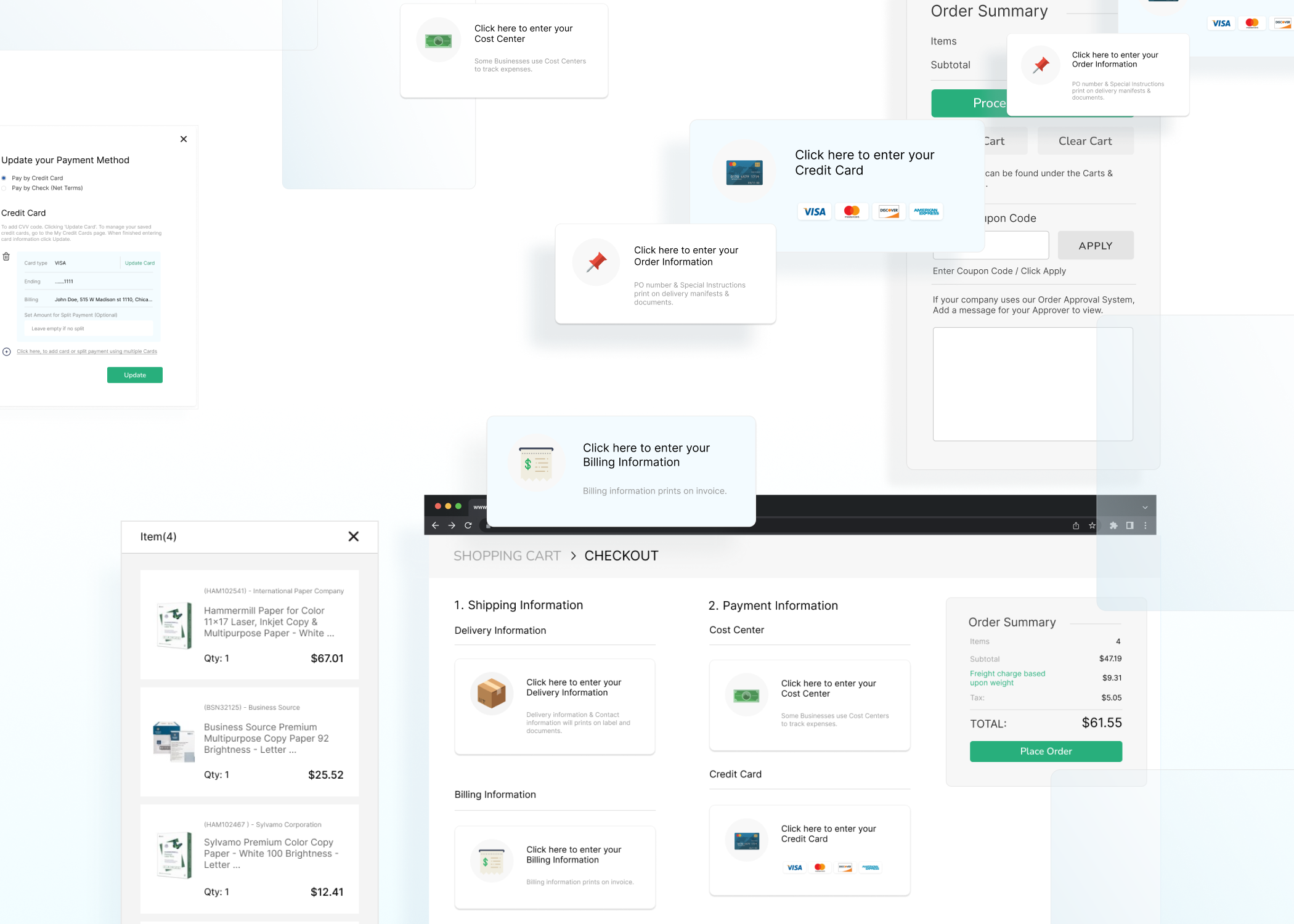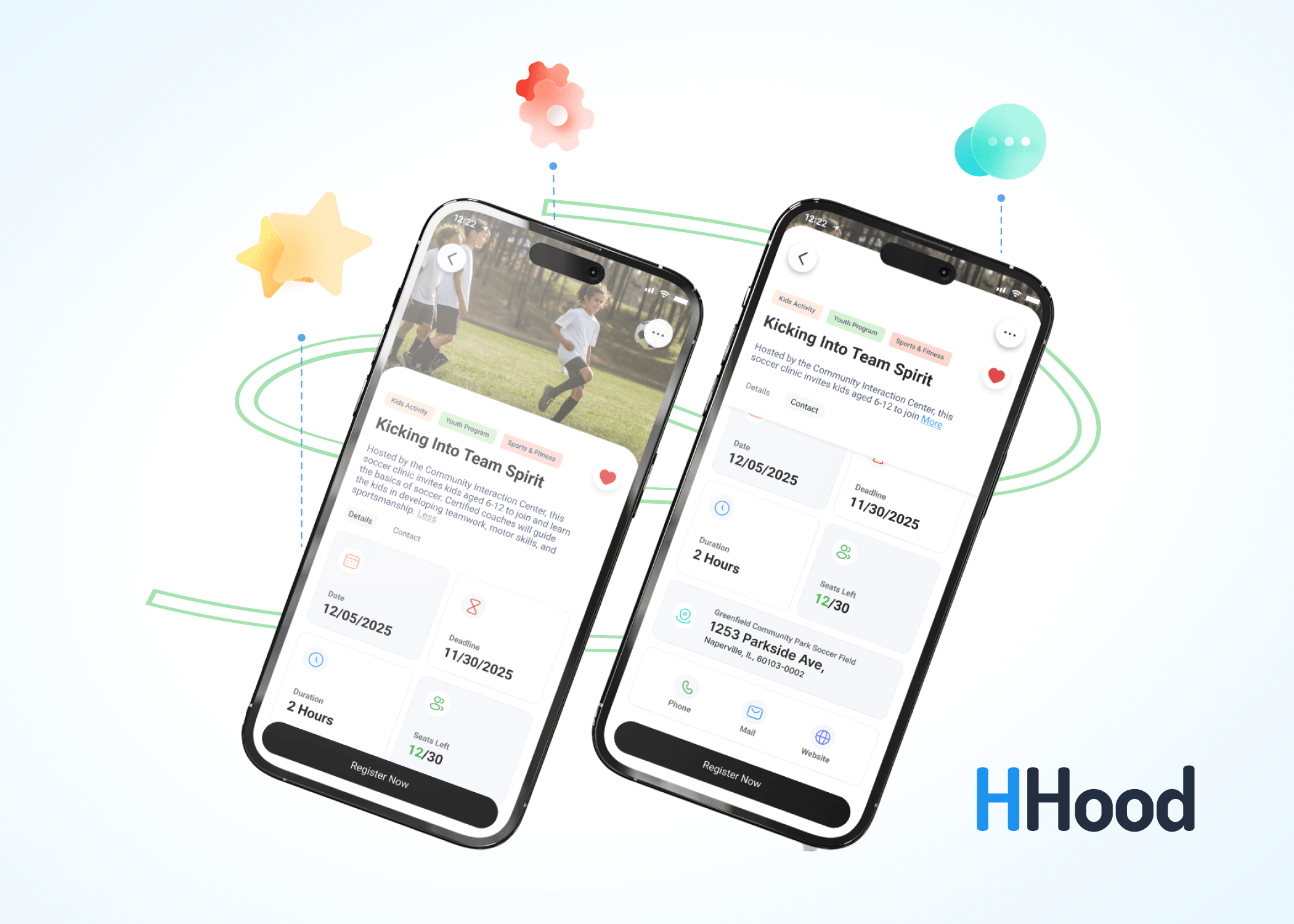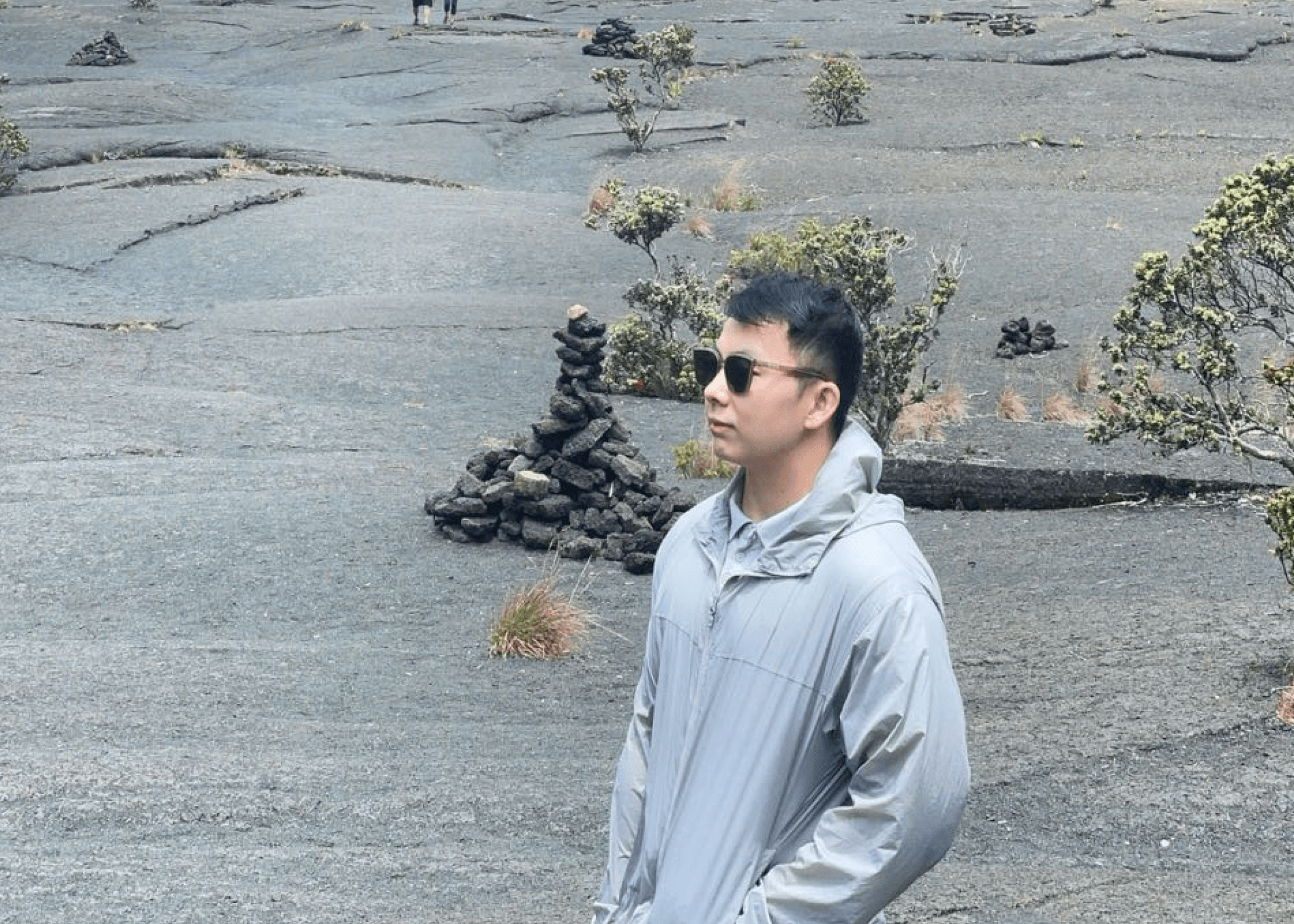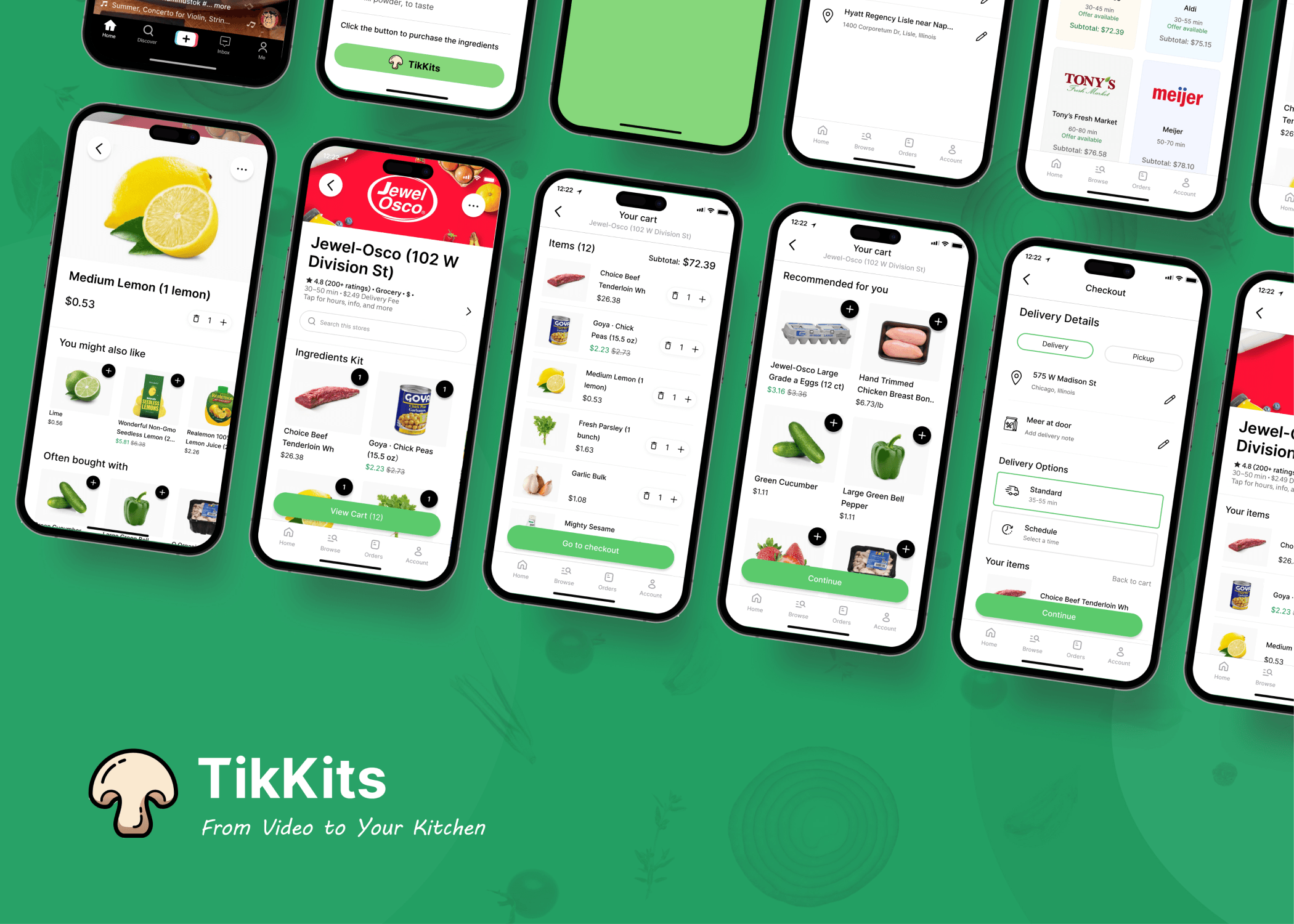Meet Jinda Zhong | UX Designer

We had the good fortune of connecting with Jinda Zhong and we’ve shared our conversation below.
Hi Jinda, what role has risk played in your life or career?
Risk-taking has always been a critical part of my journey as a UX designer. One memorable instance was during the development of the Drag & Drop GUI System at Thalerus. The project was ambitious—we aimed to create a tool that allowed non-technical users to effortlessly build fully customizable e-commerce websites. However, the challenge was significant: our company had never tackled such a complex and user-driven interface before, and the stakes were high.
At the start of the project, I felt both excitement and trepidation. Developing the Drag & Drop GUI System was uncharted territory for our team—a tool that could enable non-technical users to design customizable e-commerce websites with ease. It wasn’t just about delivering functionality; it was about rethinking how these users interacted with complex systems. The stakes were undeniably high, and the weight of expectation felt like a mountain pressing down on me.
The pressure, especially in the early stages, was intense. Feedback from the first round of user testing was tough—users found the interface confusing and unintuitive, which felt like a setback. I remember staring at the feedback notes late one evening, wondering if we had aimed too high. But then I reminded myself: pressure isn’t a signal to stop; it’s an invitation to adapt. Instead of letting the enormity of the problem overwhelm me, I broke it down into smaller, actionable tasks. What exactly were users struggling with? Was it the layout, the interactions, or the navigation flow? By isolating these specific issues, I was able to focus on refining one element at a time.
For example, during early testing, users reported difficulty understanding the drag-and-drop functionality. Instead of overhauling the entire system, I worked on simplifying the visual cues, such as adding hover states and contextual tooltips, to guide users through the process. Each change was tested rigorously, and with each iteration, the tool became more intuitive. Slowly but steadily, we began to see progress.
One of the most important lessons I learned through this process was the power of collaboration. As a designer, it’s easy to get tunnel vision and feel like you need to solve everything on your own. There were moments when I felt stuck, endlessly reworking a single problem with no clear solution in sight. During one such moment, I brought my frustrations to a developer on the team. In just a short conversation, they suggested a completely different way to structure the layout that made the tool far more flexible. That conversation became a turning point—not just for the project, but for how I approached problem-solving.
Collaboration extended beyond the team as well. Listening to clients’ real-world needs during feedback sessions helped me step out of my own perspective and consider solutions I wouldn’t have thought of otherwise. Each conversation added another layer of depth to the final product, reminding me that great design doesn’t happen in isolation.
By the end of the project, the results spoke for themselves. The tool was a success, adopted by over 92% of our clients, and it transformed how we approached user-centric design as a team. But more importantly, it taught me that risk and pressure are not obstacles—they are opportunities for growth. By breaking challenges into manageable pieces, staying adaptable, and embracing collaboration, I’ve learned to turn uncertainty into innovation.
Risk-taking isn’t just a part of my career as a UX designer; it’s at the very heart of what pushes me to grow, improve, and create designs that truly matter.
Looking back, this project reshaped my perspective on risk and pressure. I’ve come to see pressure not as an adversary but as a teacher. It forces you to break challenges into solvable pieces, address them one by one, and refine until the goal is achieved. Most importantly, I’ve learned that collaboration and openness to new perspectives are often the keys to innovation. When you step out of your comfort zone, trust in your instincts, and lean on the collective strength of your team, risks transform into opportunities.
For me, risk-taking isn’t just a part of my career—it’s the foundation of my growth as a UX designer.

Can you open up a bit about your work and career? We’re big fans and we’d love for our community to learn more about your work.
As a UX designer, one of the highlights of my career has been designing tools like the Drag & Drop GUI System, which transformed how non-technical users interact with e-commerce platforms. Getting to where I am today wasn’t easy—I faced challenges like balancing creativity with functionality and learning how to embrace feedback and collaboration. Through these experiences, I’ve learned that breaking challenges into manageable steps and trusting the power of teamwork can lead to incredible outcomes. I want the world to know that great design isn’t just about aesthetics; it’s about creating meaningful, intuitive experiences that truly connect with people.

If you had a friend visiting you, what are some of the local spots you’d want to take them around to?
If my best friend were visiting Chicago, I’d take them to some of my favorite spots in the city. As an artist and designer, a visit to the Art Institute of Chicago would be a must. It’s one of the world’s best art museums, with an incredible collection ranging from iconic Impressionist works to contemporary masterpieces. Walking through its galleries always leaves me inspired, and I’d love to share that experience with them.
We’d start the day at Millennium Park to see the iconic Cloud Gate and enjoy the vibrant atmosphere. For dinner, I’d take them to my favorite Italian restaurant, Volare Ristorante Italiano, where the authentic dishes and cozy ambiance make it a perfect place to unwind after a day of exploring.
We’d also walk along the Chicago Riverwalk and take an architecture boat tour to marvel at the city’s stunning skyline. To cap off the trip, I’d bring them to Buddy Guy’s Legends for some live jazz or blues, immersing them in Chicago’s rich music scene.
Chicago’s mix of art, food, and culture makes it an unforgettable city to explore, and I’d love to show my best friend everything that inspires me here.

The Shoutout series is all about recognizing that our success and where we are in life is at least somewhat thanks to the efforts, support, mentorship, love and encouragement of others. So is there someone that you want to dedicate your shoutout to?
I’d like to give a shoutout to the amazing platforms and resources that have supported my growth as a UX designer. Platforms like ADP List have been invaluable for connecting with mentors and gaining insights from experienced professionals, while online courses on platforms like Coursera have helped me refine my skills and stay up to date with industry trends. These resources have played a significant role in shaping my approach to design and problem-solving, and I’m truly grateful for their impact on my journey.
Linkedin: https://www.linkedin.com/in/jinda-zhong/

